How BioWare went back in time to make Mass Effect Legendary Edition
Remasters of the universe.
When Mass Effect was first announced in 2005 during Microsoft's X05 conference in Amsterdam, its trailer declared: "The developer of legendary RPGs of the past brings you a spectacular RPG of the future." That wasn't just BioWare saying it was making a sci-fi game—we already had Star Wars: Knights of the Old Republic, after all—but that it was going to show us what RPGs could be in the future. A fully voiced protagonist, dialogue sequences with cinematic framing, name actors like Keith David and Seth Green, an interconnected trilogy, even shooting that might not suck. Though building on the choice-and-consequence structure of games like Knights of the Old Republic and Jade Empire, Mass Effect was billed as a significant step forward.
That makes it strange to think of Mass Effect as old. But over a decade later, it clearly is—which is why BioWare have taken it and its two sequels, plus almost all of their DLC, and remastered and tweaked them to make Mass Effect Legendary Edition. This is BioWare's chance to bring the "spectacular RPG of the future" into the future it helped create.
"You kind of forget how far you've come," says character and environment director Kevin Meek. "Then you go back and you play the original for marketing material or something, and you're like, oh, wow! It's jarring."
As the project neared its end, various members of the team replayed the original over one of their regular Friday afternoon Zoom chats, looking back to remind themselves where they'd begun. "We literally spent like 20 minutes trying to convince ourselves something was wrong," says project lead Mac Walters. "It was like, 'You're not doing it right. This doesn't look right. I mean, it wasn't this bad.' And then going back to YouTube videos, we were like, 'Oh no, I guess that is what it looked like.' Not say that the original looked bad, but we'd just been staring at the new one for so long. Yeah, it was quite the entertaining half hour of us trying to debug a game that was 14 years old."
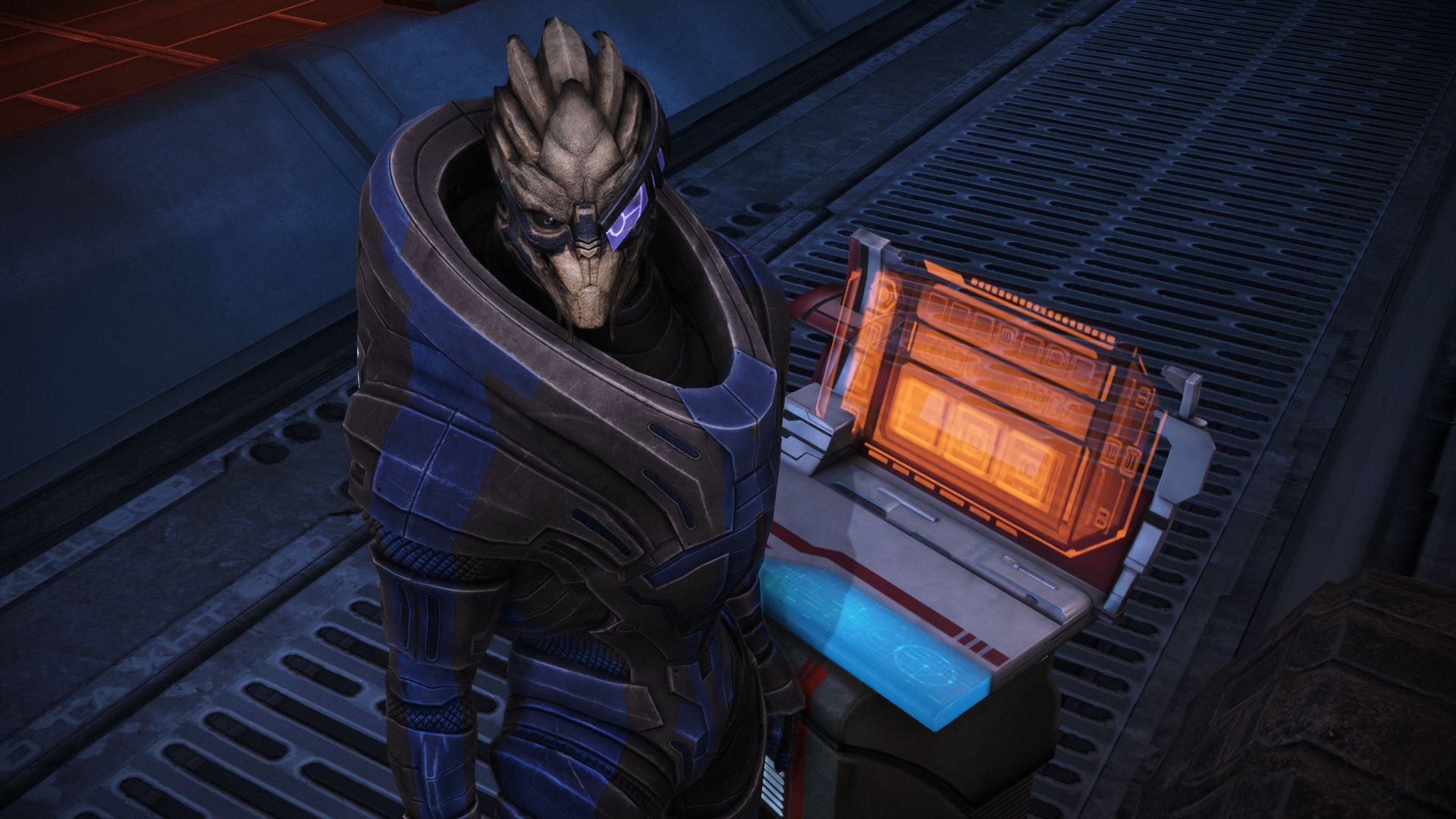
While more than just visuals were improved for the Legendary Edition, it was important to make the three games feel unified. Part of the trilogy's appeal is that you bring the same Shepard with you, booting up the next chapter to be greeted by a familiar face. That feeling can only be enhanced by making the games look like they weren't released years apart.
One of the first steps in that process was using AI, as well as some custom tools, to upscale every texture in all three games. "I'll admit, I was a bit of a naysayer about the AI up-res initially before we got in," admits Meek, "because there's that meme around, 'enhance, enhance'. It's like how I, as a young artist, might have tried to stretch a texture bigger than it's supposed to be, and over-sharpened it and got worse results, right, at the end?" Meek gained confidence in AI upscaling when the team looked at what modders of the original games had already achieved with it—mods like A Lot of Textures. "We looked at them, and we're like, 'Wow, they're getting these great results!'" he says.

After the AI upscaling, artists played through each area to see what else could be improved, altering things to bring them more in line with the initial intent for a scene, taking advantage of modern processing power to fill spaces left blank or remove walls placed to break line-of-sight while the area behind them loaded. The improvements made by modders set a benchmark for what BioWare wanted to achieve.
Keep up to date with the most important stories and the best deals, as picked by the PC Gamer team.
They also helped show other changes players were interested in. For instance, popular mods gave players more hairstyles to choose from, more casual outfits to wear away from combat, and a photo mode to frame and capture their favorite moments—all features of the Legendary Edition. "You can see A: where people devoted most time to improve the originals, and then B: which of those mods themselves were the most popular, and seem to be getting the most traction," Walters says. "So aside from combing through forums and old reviews and everything like that, that was an initial great data set for us to go, 'OK, this is what's important to people.'"
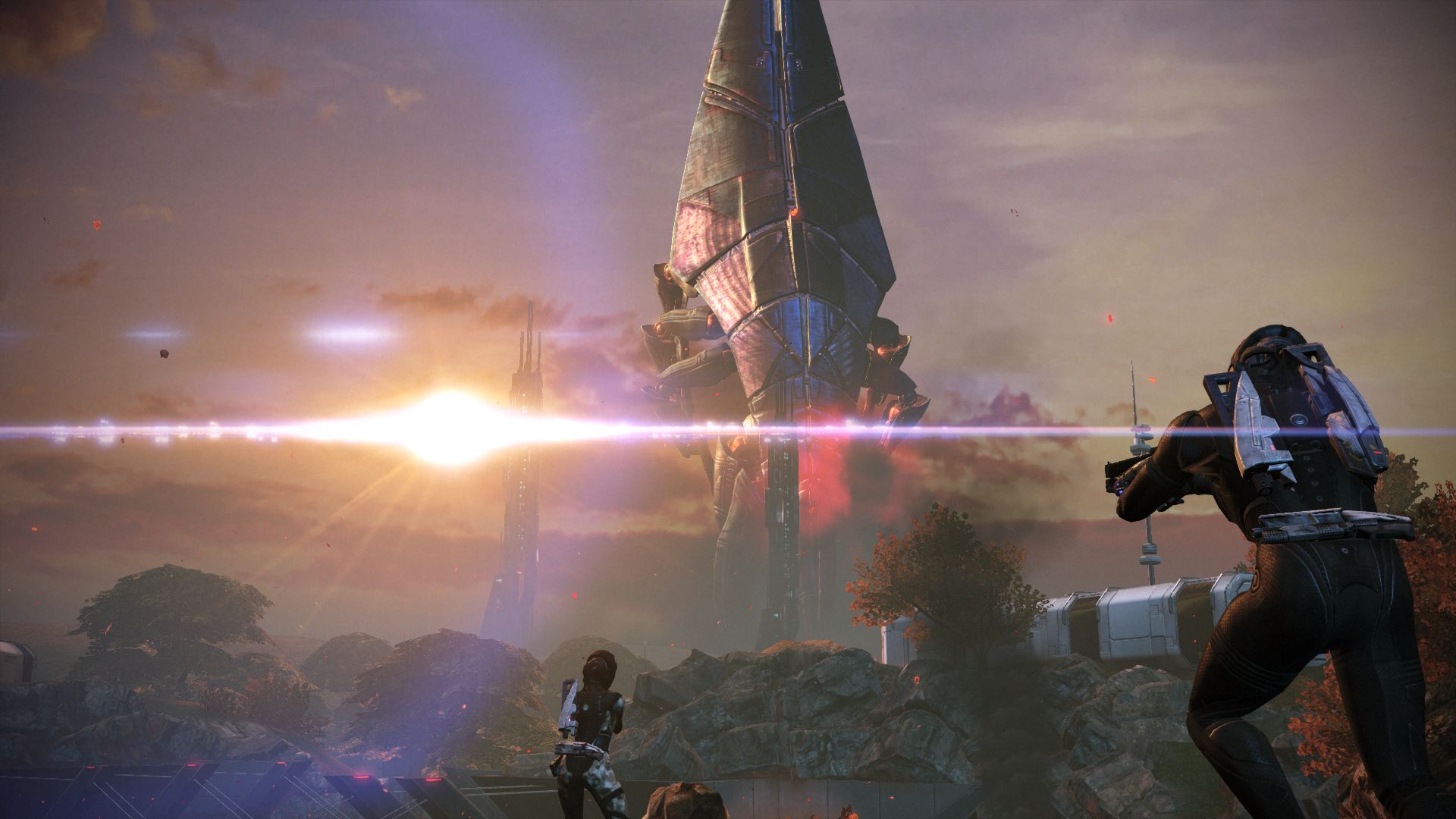
Years of forum posts and patch mods also highlighted remaining bugs, like the infamous "black blobs" that would replace enemies on a couple of planets if you played the first game on an AMD CPU, or the fact that Garrus has a blurry face because it loads a low level-of-detail model you're supposed to see when he's at a distance. One particularly common bug in Mass Effect 2 would clip you on top of walls or objects, or even empty space above sloping walkways, then strand you there.
"What we affectionately call the wall-hump bug was a difficult one," says Walters. "It seemed like maybe it was a content thing, and then ultimately was actually a code fix that we had to adjust and get that working. That one, I can't remember how long one of our programmers spent on that, but it was over a month."
Players were so used to the bug they'd come up with their own ways around it. "There's a whole section on the Mass Effect 2 wiki of how to enable your dev console and ghost mode off that, because it just happens all the time. You run up a railing, you touch something wrong, and you're up there, and you're stuck."
It was such an iconic part of the game that Meek suggests one group of players will be frustrated by its absence. "I think the speedrunners are going to be mad that we fixed that one on them," he says.
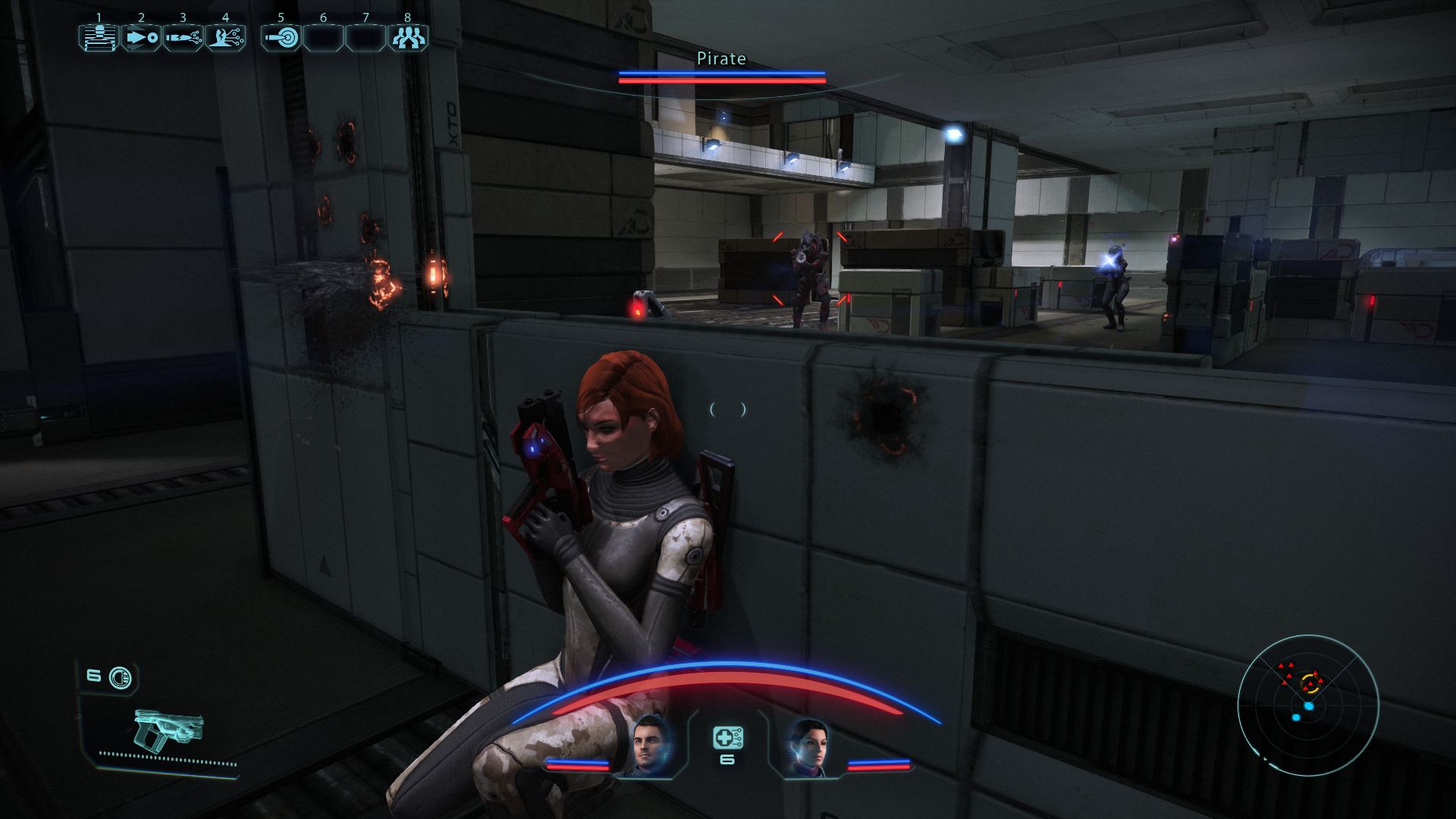
(With Meek's mention of the developer console, I have to ask about its status in the Legendary Edition. In the first game players could access to the console after changing an .ini file, and in the sequels by downloading .dll files, and then use cheats like god mode or superpowered weapons and armor. "Those kinds of commands still do exist, like God and GiveSuperGun and whatever," Meek says. "Those haven't changed, so I think the editors at Mass Effect wikis should be largely happy with the release.")
Other bugs that took a while to work out were animation oddities, something I don't think people making gifs of characters pulling weird faces in Mass Effect: Andromeda remember were part of Mass Effect from the beginning. "You'd have a conversation with Chakwas, and she'd be facing the wrong way the entire conversation," says Meek, "or like lots of animation pops."
Those animations use a LookAt function, directing each character to a specific point in space. "When you're looking at a point in space, you're naturally going to go cross-eyed," Meek explains. "There's definitely gonna still be some moments where you're like, 'Oh, is that person a little bit cross-eyed or not?' But we spent a lot of time, the tech animators and the designers and the character artists, just figuring out little half-degree tweaks here and there or changes to the system to try to minimize the number of times that's going to catch your attention."
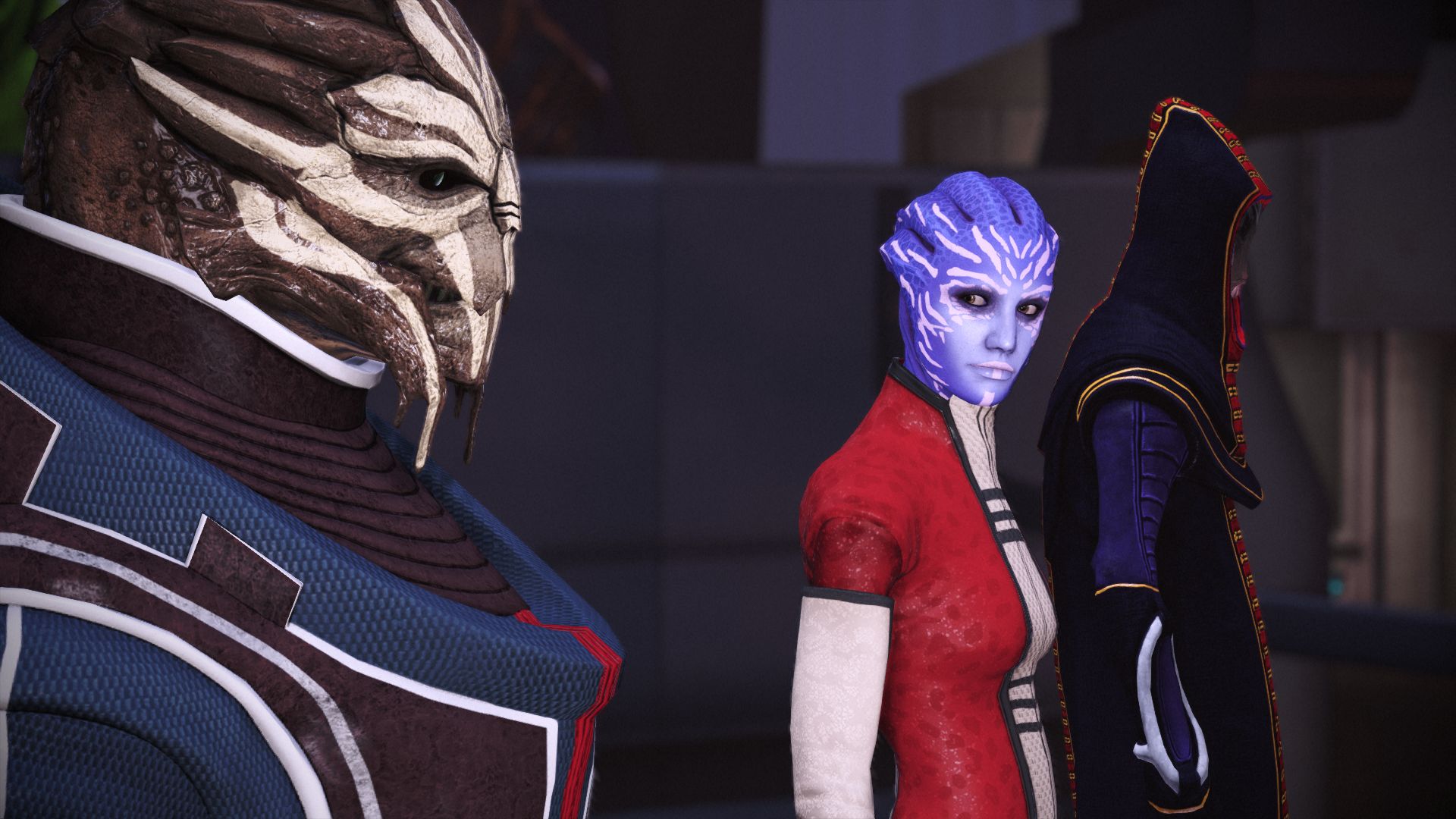
While all three games were subject to bug-fixing and visual overhauling, the first Mass Effect has the most significant changes. Its UI has been brought more in line with the sequels, as has its combat and experience system—it originally had a maximum level of 60, which was impossible to hit in a single playthrough. You'd have to go through new-game plus to get those final 10 levels if you wanted to import a maxed-out Shepard into Mass Effect 2.
That's been changed in the Legendary Edition, which has half as many levels but hands out twice as many talent points, though you can switch back to the original experience if you prefer it old-school. BioWare understands how personal Mass Effect is to its fans, and wants the Legendary Edition to still feel like the Mass Effect they remember. For instance, while you can press spacebar to skip past the infamously slow elevator rides designed to disguise its long loading times, if you want to sit tight and listen to the squad banter and galactic news bulletins recorded to fill those gaps, you can.
While they borrowed third-person cover shooter mechanics and contained plenty of action setpieces, the Mass Effect games would sometimes balance that with a surprising amount of downtime. "There is certainly in Mass Effect 1 and even in parts of Mass Effect 2 a more meditative journey that you can take," Walters says. He recalls that when the first game's uncharted worlds were designed, he was so impressed he spent days just driving around looking at things, and found himself doing the same again in the Legendary Edition.
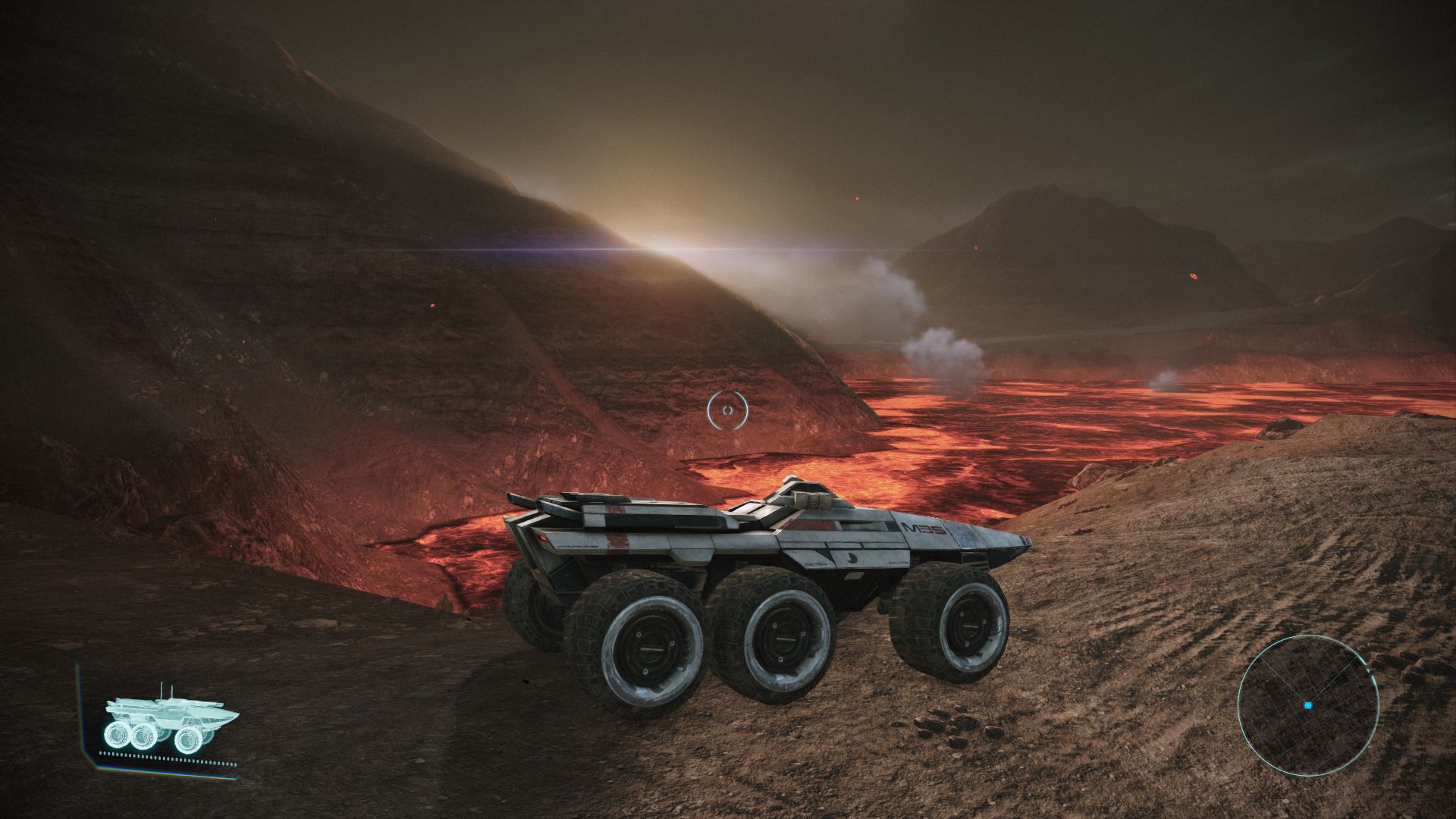
"If you want to chill and just feel like you are an explorer, there's no real pressure," Walters says. "There's a lot of moments like that. Running around Noveria or the Presidium can be frustrating if you're in a hurry, but also there's levels in there that you just wouldn't see people attempt anymore. Sometimes for good reason! But also because we wanted to make something that felt expansive. We wanted to make something that felt like it had a huge footprint and you can wander around in it forever."
Walters found himself sinking into Mass Effect 2's planet-scanning as well, another divisive feature that's been left as it was. "I don't know how many times I've gone in to test a bug or do something, it's late at night, and all of a sudden it's like I've spent half an hour planet-scanning," he says. "I was just here to test something. Why am I playing the game and scanning planets?"
Meek, who wasn't part of BioWare during the production of the original trilogy, has enjoyed seeing up close how the first game's areas were designed and what makes them unique. "You're in these levels that feel different than a modern-day level, because they're built totally different," he says. "They're not built out of kits that lock together. It's not a tile set, like how we normally build levels." It's something that marks the original out from its sequels, and was a feeling he wanted to keep.
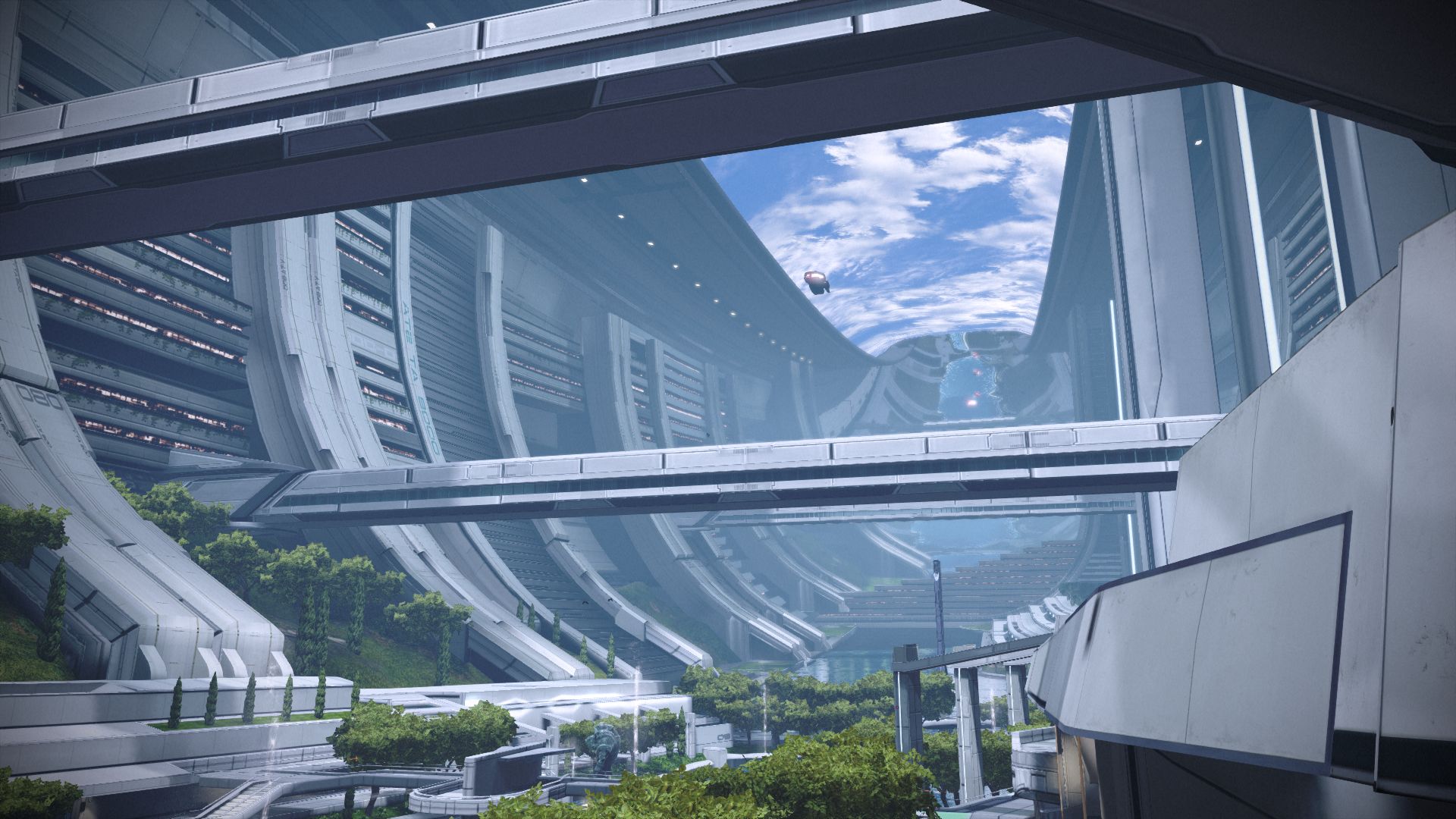
"There's something about those Mass Effect 1 levels where they're building it 'wrong' but it ends up with these really memorable places that are different than other things you see. You're in those levels and it's zero-g and you're walking on the side of a spaceship and you're flinging some guy up with your biotic powers and he's flying off into space. Like, this is really hard to do in modern engines. There'd be a lot of people who'd be like, 'Oh, no, I don't want to do that.' Honestly, it's something that I really want to take off and continue into everything that I do, going forward. That idea of like, don't hold yourself back."
Comparisons between the Legendary Edition and the originals are inevitable, which Meek calls both a gift and a curse. "If you make some fix that has the light averaging out on Shepard and the shadows are working and that looks better in 10 scenes, but it makes it look worse in 10 scenes, you know that people are going to find those 10 scenes that it makes it look worse and compare those and run with that, right?" He consoles himself with the fact that "it was a 96 Metacritic game before and people are gonna understand how much hard work we've put into this."
Walters looks at the Legendary Edition as a chance to realize more of what BioWare was imagining back at the start of the series, as well as fix things that inevitably couldn't be fixed because there was always a new game to move onto. "The ability as a developer to be able to revisit that, 'Oh, these are the things that we learned from doing three games in a row', and apply them back to ME 1 and 2 and 3 and get that second chance to polish is very rewarding," he says. "You don't get that chance very often. It's been great to actually be able to go in and smooth off those edges that haunted my dreams for years."

Jody's first computer was a Commodore 64, so he remembers having to use a code wheel to play Pool of Radiance. A former music journalist who interviewed everyone from Giorgio Moroder to Trent Reznor, Jody also co-hosted Australia's first radio show about videogames, Zed Games. He's written for Rock Paper Shotgun, The Big Issue, GamesRadar, Zam, Glixel, Five Out of Ten Magazine, and Playboy.com, whose cheques with the bunny logo made for fun conversations at the bank. Jody's first article for PC Gamer was about the audio of Alien Isolation, published in 2015, and since then he's written about why Silent Hill belongs on PC, why Recettear: An Item Shop's Tale is the best fantasy shopkeeper tycoon game, and how weird Lost Ark can get. Jody edited PC Gamer Indie from 2017 to 2018, and he eventually lived up to his promise to play every Warhammer videogame.

